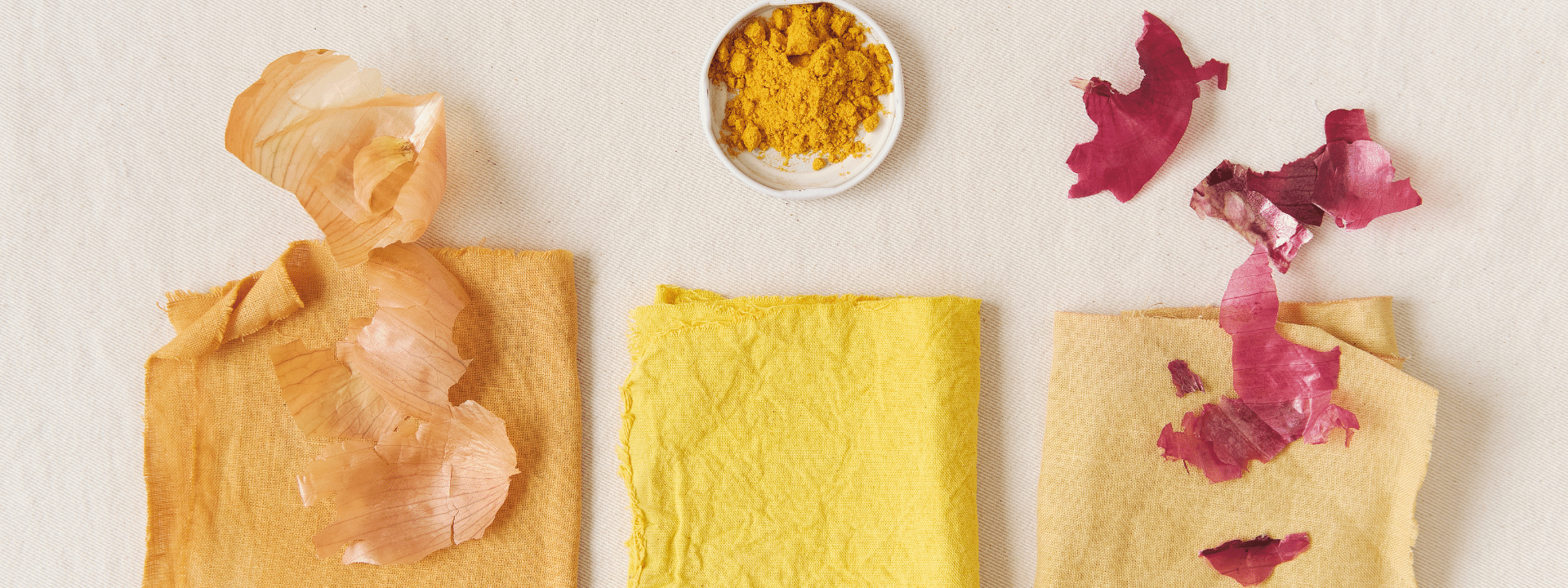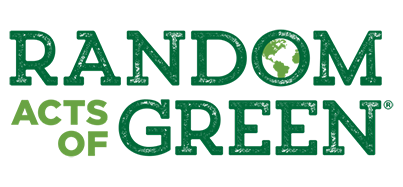Save Your Food Scraps to make natural dyes
Using natural materials for dyeing is hardly a new concept.
In the age of mass consumption, a return to traditional and natural methods can help protect against the harms of synthetic materials.
Artificial food dyes are commonly added to processed foods which have been linked to inflammation, hypersensitivity in children, and other digestive health issues.
Fabric dyeing in the fashion industry has been linked to pollution of waterways as untreated chemical wastewater from the dying process is often dumped out in nearby water sources.
Go au natural and try making your own dyes from food scraps in your kitchen!
How To Use Natural Food Waste Dyes:
You might be wondering… but what can I do with these food waste dyes?
A wide range of activities depending on the result you are hoping for.
- Fabric dyeing: They make require a fixing agent like a mordant for the colour to adhere.
- Edible Food Colouring: tint your frosting or batter.
- Egg Dyeing
- Crafting of any kind the possibilities are endless.
Colour extraction instructions are to simply add them to a pot, cover with water and simmer for an hour. Afterwards, you can remove it from heat and let it steep for the colour to deepen.
Many of these natural dyes may be limited in their longevity or use.
Remember, the longer it steeps, the deeper and darker the colour will be.
Natural Green Food Dye
Of course, we would start with the colour green!
Slimy leftover spinach from the fridge can be put to good use!
Depending on how long you leave it, spinach can yield a light celery green to a deeper tone.
Spirulina can be used as well to make a deep dark green.
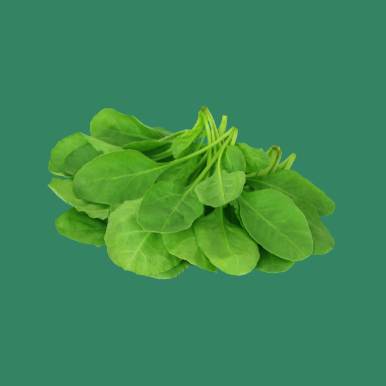
Natural Pink to Red Food Scrap Dye
This may come as a shock but the skins and pits from avocado peels can create a soft pink.
Save up your food scraps for dye in the freezer and then bring them to a boil when you are ready to extract the colour!
To move further into the red territory, give beets a go. You likely know the staining power of beets if you’ve ever tried to chop one up! It is the perfect use for skins and tops!

Onion Skin Natural Food Scrap Dye
Finally a use for the onion skins!
Yellow onion skins help make a light yellow-orange colour.
Whereas red onion skins help make a pale orange colour with pink undertones.
Tumeric root is another powerful agent to make a yellow or light orange dye.

Join Our Email Community
Gain exclusive access to green trends, tips, and tricks when you sign up for our free newsletter. Enter your email to join our community of changemakers!
Natural Purple to Blue Food Scrap Dye
Don’t be fooled by the name.
Red cabbage is ideal to help make a deep purple natural dye.
Blueberries can help make a light blue or purple-ish dye.
We used a blueberry to help give a lilac-infused simple syrup a POP of colour.

Are you feeling inspired?
We challenge you to take it even further. There is a rainbow of food waste dyes awaiting at the bottom of your food crispers and cupboards. Experimentation is part of the fun!
Remember to compost your food scraps at the end. Composting is a Green Act you can log on our free mobile app!
If you liked this article, you might like these articles:
9 Ways To Extend The Lifespan Of Your Food AND How You Can Use Up Everything!
More Blog Posts:
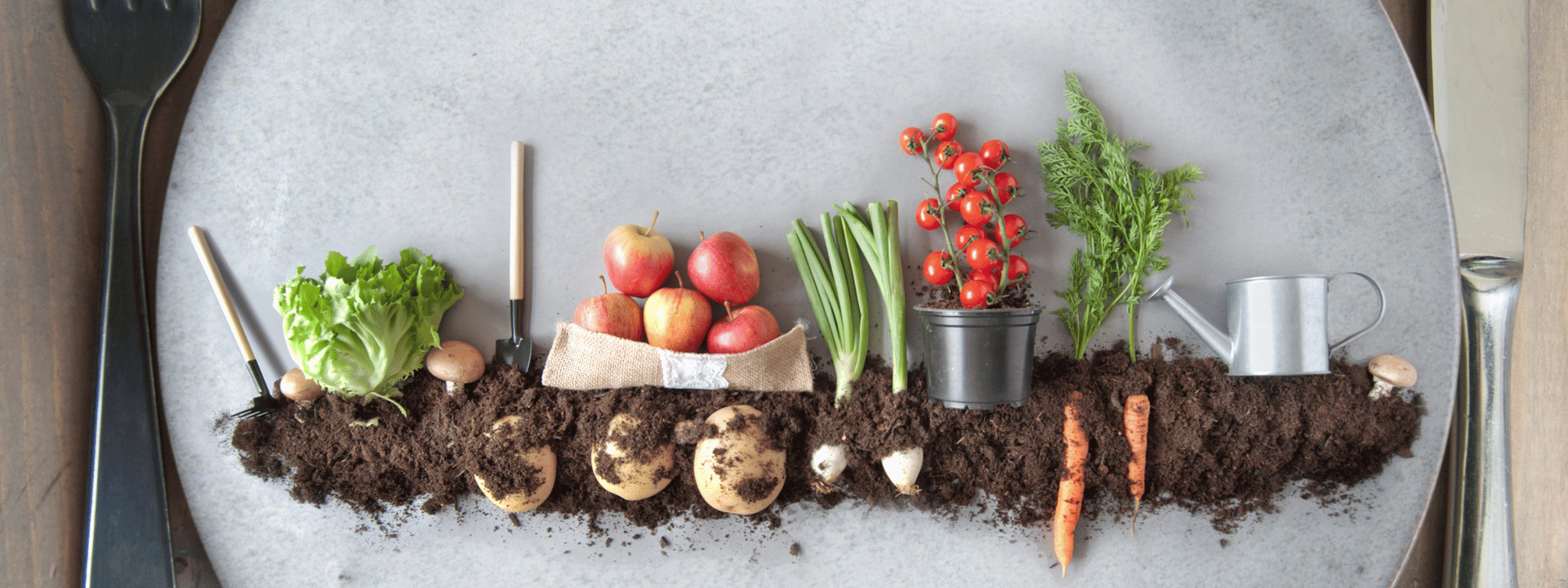
The Guide to Veganuary!
Whether you are going full vegan or starting to eat less meat, our guide to veganuary will help you go plant-based in 2023.
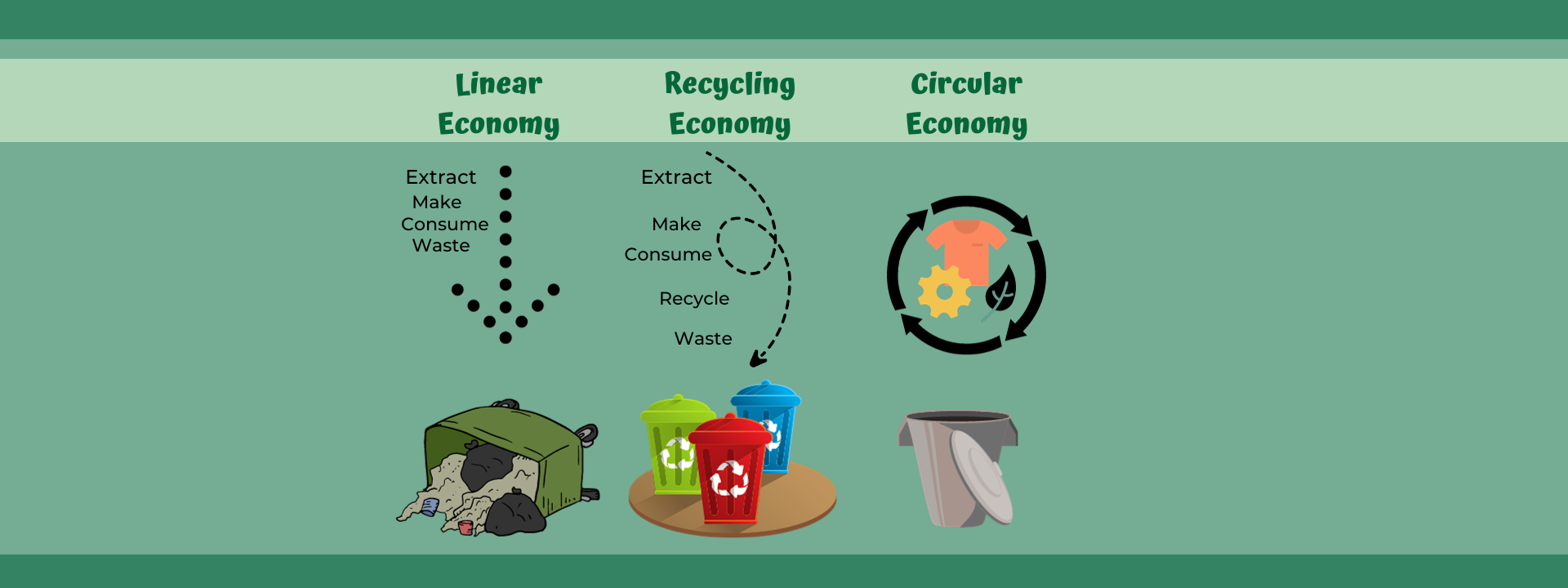
5 Circular Economy Companies in Canada To Celebrate Waste Reduction Week
Say hello to 6 Circular Economy Companies in Canada this October as we Celebrate innovators during Waste Reduction Week.

